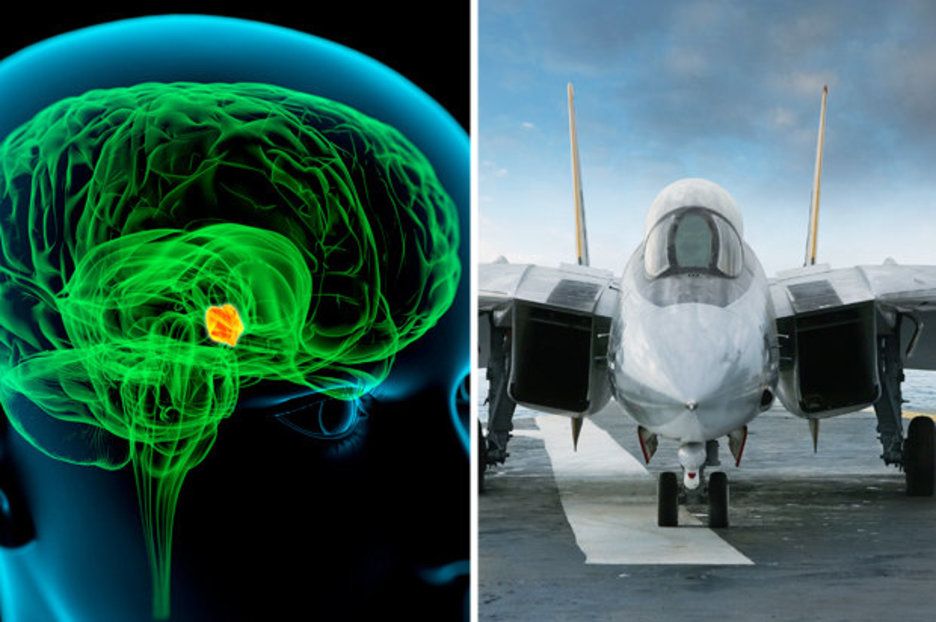In a clinical trial, patients on the highest injected dose had 30 percent less cognitive decline over time than people on a placebo.
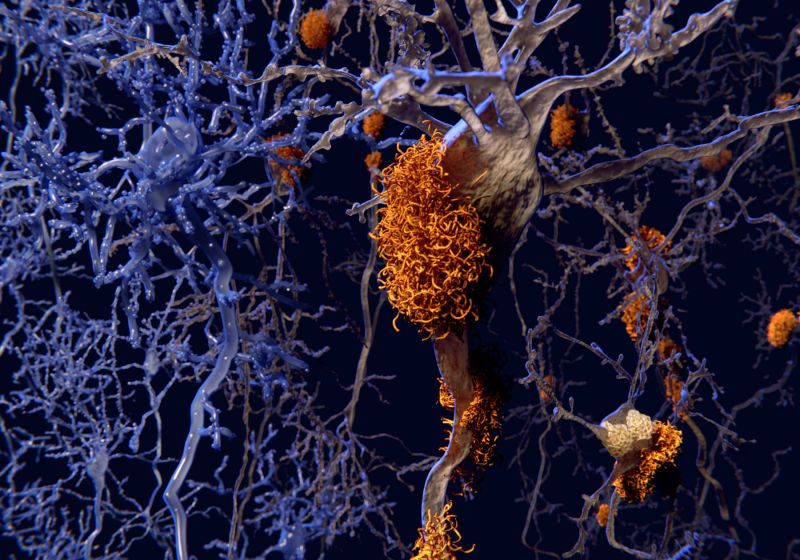

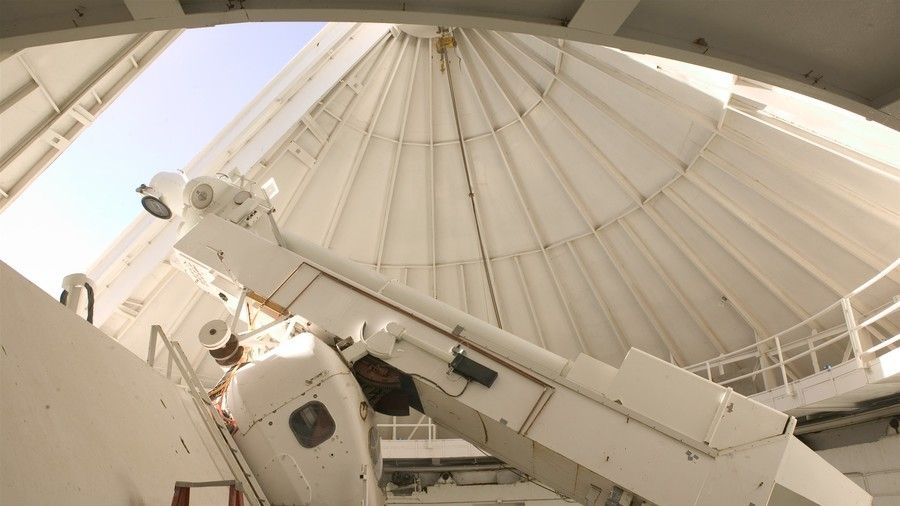
Despite much speculation and conspiracy theories, the reason for the mysterious closure of New Mexico’s Sunspot Solar Observatory by the FBI earlier this month was an ongoing child pornography investigation, court documents show.
The secret behind the 11-day closure of the facility was finally explained in newly unsealed FBI records and its application for a search warrant. According to the court documents, the federal agents were investigating a janitor suspected of using the observatory’s WiFi network to download child pornography.
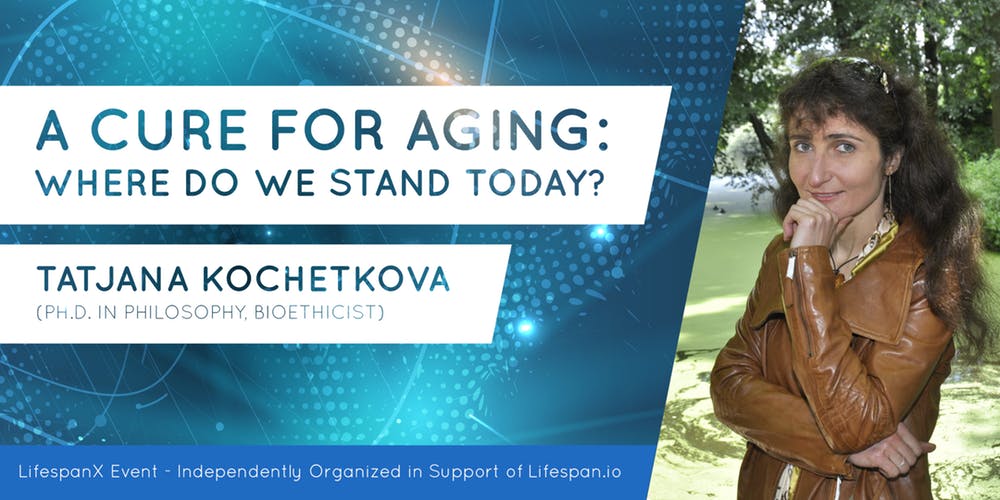
If you are able to get to Leiden there is an event in support of Lifespan.io on September 29, 12:00 AM – 2:00 PM CEST.
Ending aging and getting rid of its associated conditions is one of humanity’s most ancient dreams. Some of our earliest myths are about heroes going on a quest to find a way to make the whole of mankind forever young. With the current progress in aging research, this is not a dream anymore. In laboratories around the globe, researchers are conducting experiments that show that aging is amenable to medical intervention; we can slow it down and even reverse some age-related changes. As recent experiments on mice demonstrate, there are various ways to postpone aging. Among the most promising treatments are the elimination of harmful senescent cells, drugs that enhance metabolism, genetic and cellular therapies, and calorie restriction. These treatments extend the healthy period of life, and, as a welcome side effect, lifespan in mice by over 25–30%. Some of these methods are currently in human clinical trials and are expected to reach the market 5–10 years from now.


When the California two-spot octopus isn’t attempting to bring more eight-legged cephalopods into this world, it prefers to be alone. Known to scientists as Octopus bimaculoides, the alien-like invertebrate spends most of its time hiding from the world or searching for food, asocial males avoiding asocial females until their biological clocks say it’s time to partner up. That is, until they are on MDMA. In a groundbreaking study released Thursday, researchers describe how octopuses on the drug act similarly to a socially anxious human on MDMA: They open up.
Gül Dölen, Ph.D., is an assistant professor of neuroscience at Johns Hopkins University and the co-author of the new Current Biology paper. She tells Inverse that when octopuses are on MDMA, it’s like watching “an eight-armed hug.”
“They were very loose,” Dölen says. “They just embraced with multiple arms.”
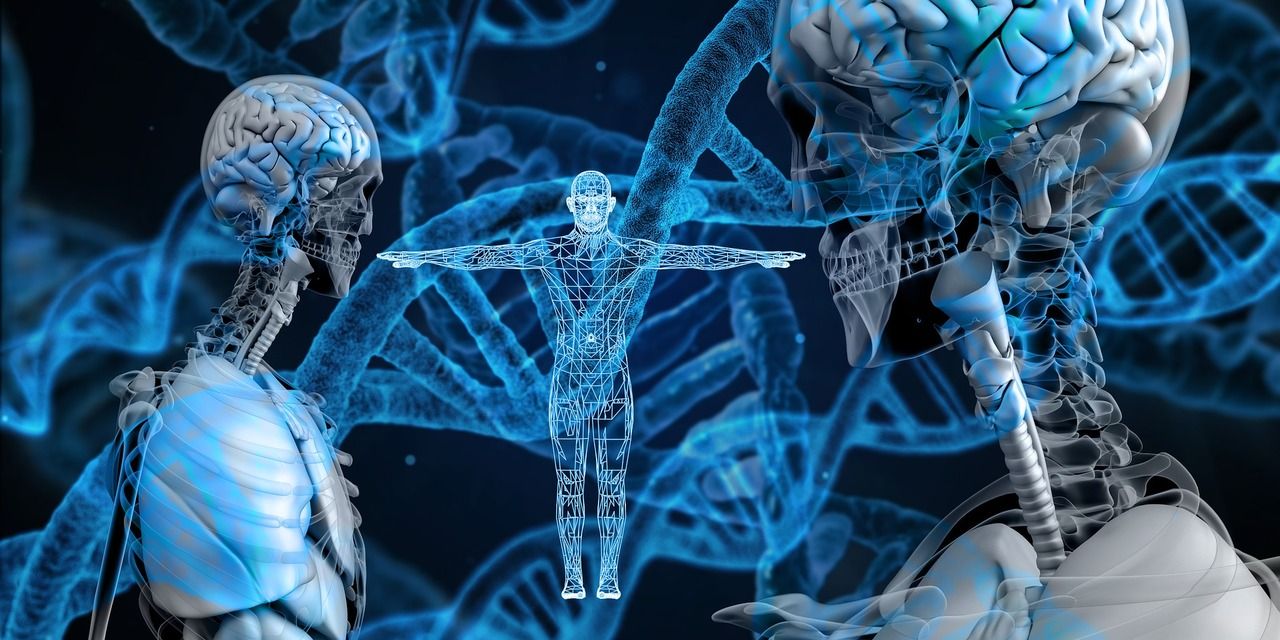

James Peyer has been a scientist, entrepreneur, and advisor to biotechs and pharma companies, always with a specialization for developing new classes of therapeutics. James founded Apollo to support biotech entrepreneurs strategically, scientifically, and financially as they create the next generation of medicines.
James Peyer received his PhD from the University of Texas Southwestern Medical Center in Dallas, where he was a National Science Foundation Fellow and worked on the basic biology of stem cells and improving gene therapies. He founded his first company, Genotyp, at 21 to overhaul hands-on science education in the US. Genotyp’s innovative biotech equipment leasing model and instructor training earned it the approval of the White House and the National Institutes of Health. It became the first biotech company to receive funding through Kickstarter.com. He received a BA with special honors from the University of Chicago, where he studied immunology.
Discoveries in aging biology are ready for acceleration to the clinic, where they can treat age-related disease and extend healthy lifespan.
Our message as Transhumanists has gone eschewed. We have a communication problem and we need to fix this.
We need to find a place where our words are not viewed as a threat.
For some time now, we have an urgent need to focus on our messaging within our Transhumanist community. We also need to focus on the messaging we provide to people outside of our community as well. Below is a video by TruthStream Media, who has taken our messages and put them successfully into a.
